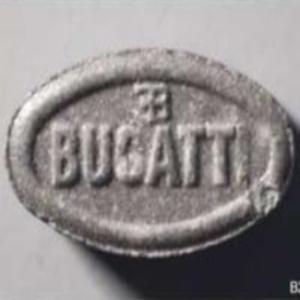Subtotal: $48.00
Description of MDMA – Ecstasy
MDMA (3,4-methylenedioxymethamphetamine), commonly known as Ecstasy or Molly, is a synthetic drug that possesses both stimulant and hallucinogenic properties. It was first synthesized in 1912 by the German pharmaceutical company Merck, initially intended for use as an appetite suppressant. However, it gained popularity in the 1980s as a recreational drug, particularly within nightclub and rave cultures.
Chemical Properties
MDMA is chemically similar to both methamphetamine (a powerful stimulant) and mescaline (a psychedelic). Its structure allows it to affect neurotransmitter systems in the brain, particularly those involving serotonin, dopamine, and norepinephrine. This interaction leads to various psychological effects that users experience.
Effects on Users
The effects of MDMA typically begin within 20 to 60 minutes after ingestion and can last from three to six hours. Users often report feelings of euphoria, increased energy, emotional warmth, empathy towards others, and enhanced sensory perception. Physical effects may include dilated pupils, jaw clenching, increased heart rate and blood pressure, sweating, nausea, and muscle tension.
Positive Effects
- Euphoria: A heightened sense of well-being.
- Increased Empathy: Enhanced feelings of closeness with others.
- Sensory Enhancement: Heightened sensitivity to sights and sounds.
Negative Effects
Despite its euphoric effects, MDMA can also lead to several adverse reactions:
- Anxiety and Paranoia: Some users may experience heightened anxiety or feelings of paranoia.
- Physical Risks: These include dehydration, hyperthermia (dangerously high body temperature), muscle cramping, nausea, and potential long-term damage to serotonin-producing neurons in the brain.
Risks Associated with Use
MDMA is associated with several health risks:
- Overheating: Particularly dangerous when used in hot environments like clubs or during physical activity.
- Dehydration: Users often neglect hydration due to the stimulating effects of the drug.
- Adulteration: Many substances sold as MDMA may be mixed with other harmful drugs or fillers that can increase health risks.
Legal Status
MDMA is classified as a Schedule I controlled substance in many countries including the United States under the Controlled Substances Act. This classification indicates that it has a high potential for abuse and no accepted medical use outside of research settings.
Research and Therapeutic Use
Recent studies have explored MDMA’s potential therapeutic applications for conditions such as post-traumatic stress disorder (PTSD). The FDA has designated MDMA-assisted psychotherapy for PTSD as a breakthrough therapy due to promising results in clinical trials.
In conclusion, while MDMA can produce pleasurable effects that appeal to many users in social settings, it carries significant risks that should not be overlooked. Understanding these aspects is crucial for anyone considering its use.
BUY MDMA - ECSTASYONLINE
BUY MDMA - ECSTASYONLINE
BUY MDMA - ECSTASYONLINE
BUY MDMA - ECSTASYONLINE

 Buy 10x 1B-LSD 125mcg Online
Buy 10x 1B-LSD 125mcg Online 


